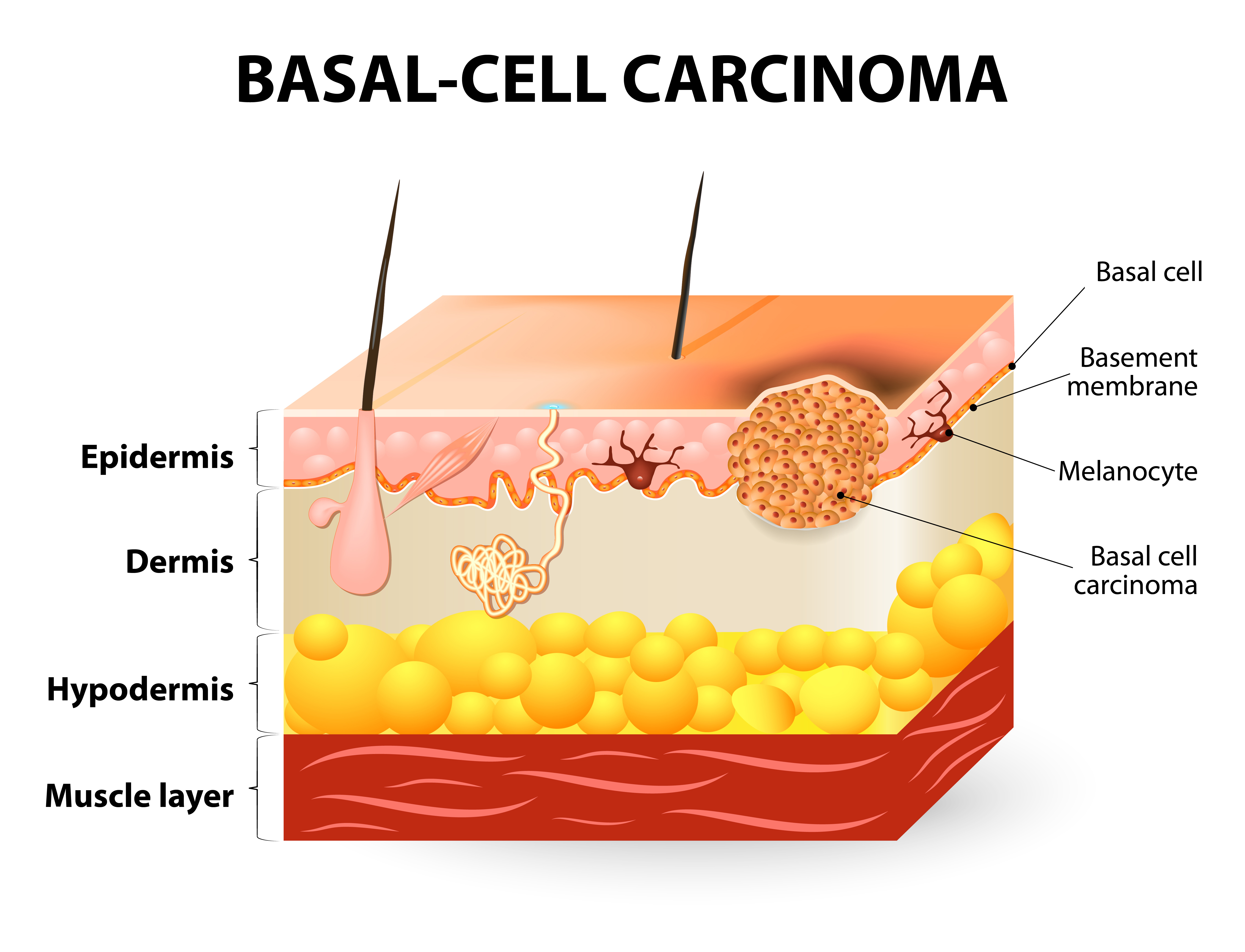American musician Kevin Jonas, best known as the lead guitarist of the Jonas Brothers, has recently revealed that he was diagnosed with and received surgery for a form of skin cancer known as basal cell carcinoma (BCC).
In a video posted to Instagram, Jonas showed the cancerous patch of skin on his forehead.
“So today I am getting a basal cell carcinoma removed from my head. Yes, that is an actual little skin cancer guy that just started to grow. And now, I have to get surgery to remove it,” said Jonas.
In a short clip taken after the surgery, Jonas put out a call to viewers, saying, “Make sure to get those moles checked people.”
What is basal cell carcinoma?
BCC is a type of skin cancer that develops in the basal cells, a type of cell found in the epidermis, the outermost layer of the skin. Under normal circumstances, basal cells divide to make new skin cells, which push older skin cells to the surface to die and be sloughed off.

Basal cells are found at the lowest part of the epidermis.
Image credit: Designua/Shutterstock.com; modified by IFLScience
However, in BCC, mutations in the DNA of basal cells cause them to rapidly and uncontrollably divide when they would otherwise die, eventually leading to the formation of tumorous lesions in the epidermis. These can invade deeper into the skin and tissues below if left untreated.
How common is basal cell carcinoma?
According to the Skin Cancer Foundation, BCC is the most common form of skin cancer, with an estimated 3.6 million cases diagnosed in the US each year.
What are the risk factors for basal cell carcinoma?
Anyone can get BCC, but the main risk factor for developing it is exposure to ultraviolet (UV) light; that’s because UV can damage the DNA in our cells. As a result, exposing the skin to the Sun without protection, working an outdoorsy job, or using a tanning bed can increase the risk of developing BCC, so avoiding the latter and making sure to slap on sunscreen can be one way to reduce it.
Having a lighter skin tone, burning easily, having naturally blonde or red hair, or light eyes (such as blue or green) can also increase the risk of developing BCC. Lighter skin tones have less melanin, a compound in the skin that can protect against sun damage. However, it’s important to note that people with darker skin tones can still get sun damage and thus be at risk of BCC.
What are the signs and symptoms of basal cell carcinoma?
Though Jonas called it a mole, and BCCs can be mistaken for one when they come in the form of a black or brown bump, they can actually have a variety of different appearances. BCC can look like a round growth that’s the same color as the skin, a scaly raised patch, a sore that keeps coming back, a small pink growth with a dent in the middle, or a flat, shiny scar-like area.
In many cases, BCCs are painless, but sometimes the affected area can have numbness or pins-and-needles, be extremely sensitive, or itchy.
The signs above are by no means an exhaustive list; the most important thing is to check regularly for any new and unusual changes on the skin. Whilst BCC often develops on the head or neck, areas that get a lot of sun exposure, it can occur on any part of the skin, so it’s key to check everywhere.
How is basal cell carcinoma treated?
The most common approach to treating BCC is surgery, in which the lesion is cut away alongside some of the healthy skin surrounding it to try and ensure all of the cancer is removed.
The removed tissue will then be examined under a microscope and if it’s found that some cancer cells are in the healthy-looking skin, further treatment is required – this often involves a more complex procedure called MOHS surgery.
BCC can grow deep when left untreated and on rare occasions, spread to other parts of the body. In this case, treatment can involve further surgery, radiation therapy, and anti-cancer medications.
However, when treated early, BCC can often be successfully removed, although it’s recommended to keep an eye out as it can return.
All “explainer” articles are confirmed by fact checkers to be correct at time of publishing. Text, images, and links may be edited, removed, or added to at a later date to keep information current.
The content of this article is not intended to be a substitute for professional medical advice, diagnosis, or treatment. Always seek the advice of qualified health providers with questions you may have regarding medical conditions.
Source Link: Kevin Jonas Has Basal Cell Carcinoma – Here’s What To Know About This Skin Cancer